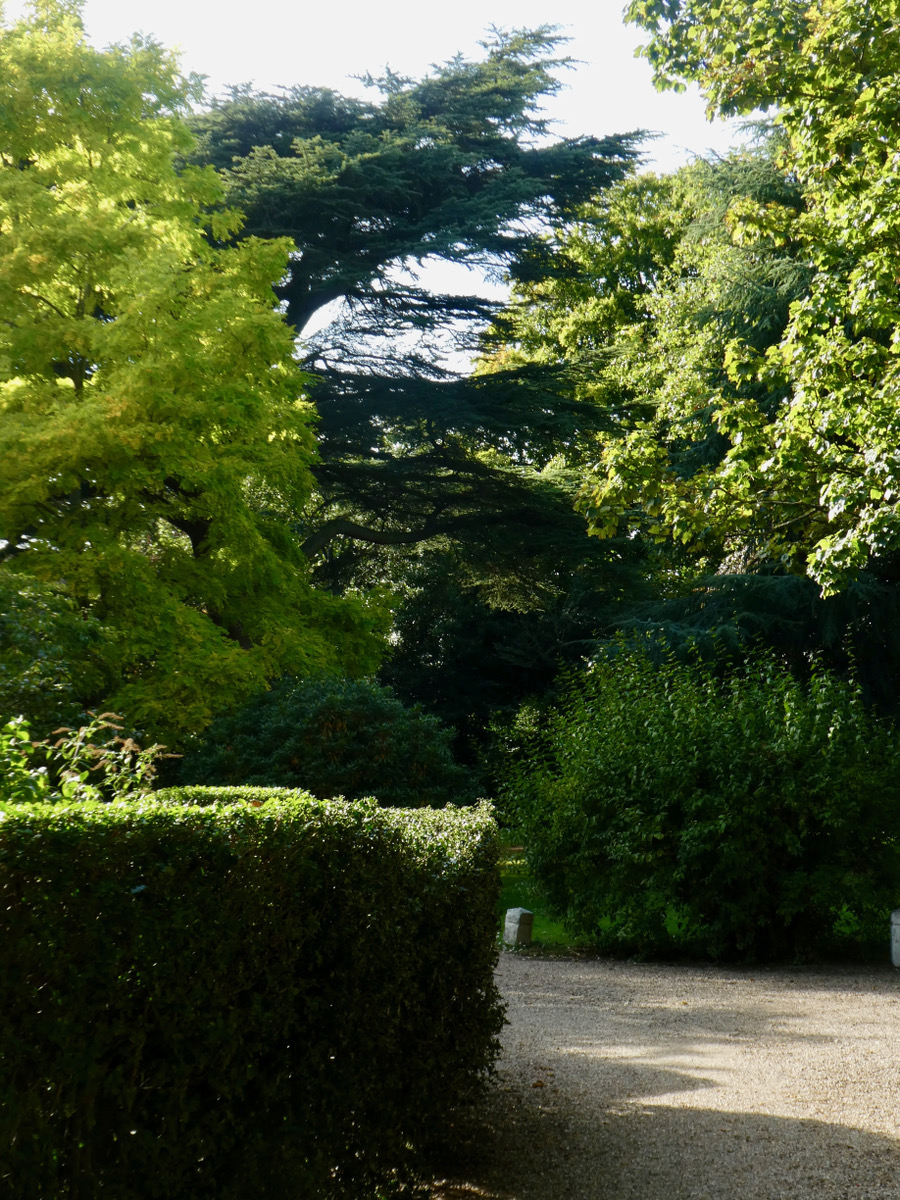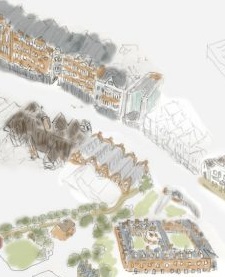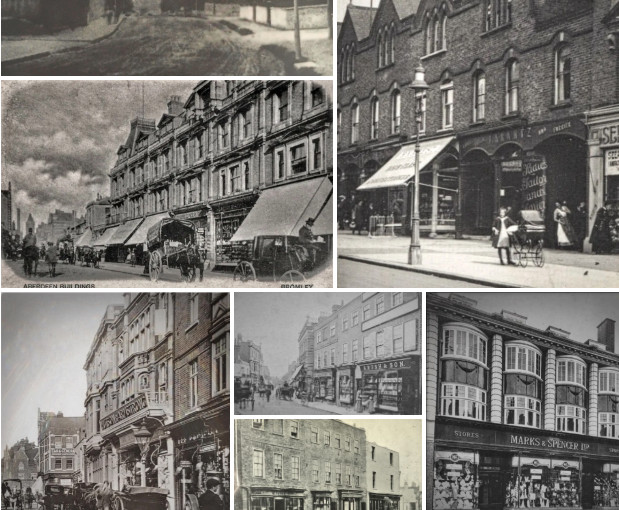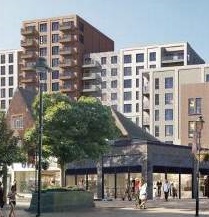Grade I Listed – Founded 1666 by John Warner, Bishop of Rochester, as almshouses for 20 widows of clergy. The intention was for it to be in Rochester but there was no available land. John Warner was one of only eight Bishops to survive until the restoration of the Stuart Monarchy in 1660. His legacy was to provide £8,500 for the foundation of a College or almshouse for ‘twenty poore widowes of Orthodoxe and Loyalle clergymen’. The College was built between 1670 and 1672.
to house the widows of clergymen, the original building consisted of 20 houses built around a classically-styled quadrangle. Captain Richard Ryder – one of Sir Christopher Wren’s Master Surveyors – was in charge of design and construction. The original building consisted of twenty houses built around a quadrangle with residences for a Chaplain and a Treasurer. This quadrangle, built in classical style, is often called the ‘Wren Quadrangle’ as at one time it was thought that Sir Christopher Wren was the architect. It is now acknowledged that Captain Richard Ryder, one of Wren’s Surveyors, was responsible for the design and construction.
The second quadrangle of twenty houses was built in the late 18th Century from bequests of a Mrs Helen Bettenson and William Pearce, brother of Zachary Pearce, Bishop of Rochester 1756-1774.
Sheppard’s College
Sheppard’s College was founded in 1840, and designed by Thomas Hardwick, following an appeal by the Chaplain, Thomas Scott, to Mrs Sophia Sheppard, the wealthy widow of Dr Sheppard, Fellow of Magdalen College, Oxford. The Chaplain saw the problem of an unmarried clergy daughter becoming homeless when her mother died and Mrs Sheppard provided the means to accommodate them by building a terrace of five houses. It was , was added at the end of the 18th century for 20 more widows. The 2 bedroomed accommodation provided room for a live in servant and/or spinster daughter. The chapel was rebuilt in 1863 in a gothic style with patterned brickwork.
The red brick walls and iron gates in London Road are 18th century.















 Browse our old photos, in
Browse our old photos, in  from being dominated by tower blocks: Look here and email our ward councillors about:
*
from being dominated by tower blocks: Look here and email our ward councillors about:
*